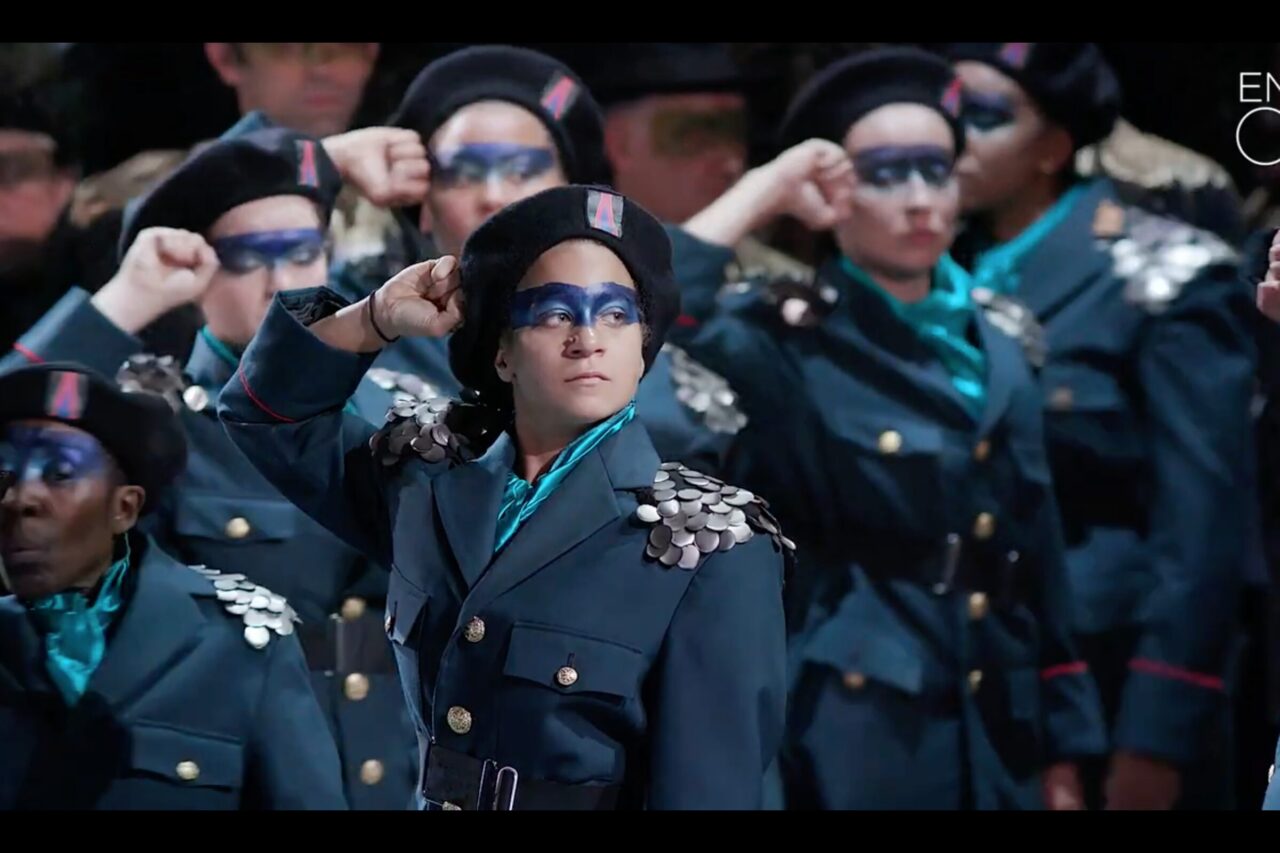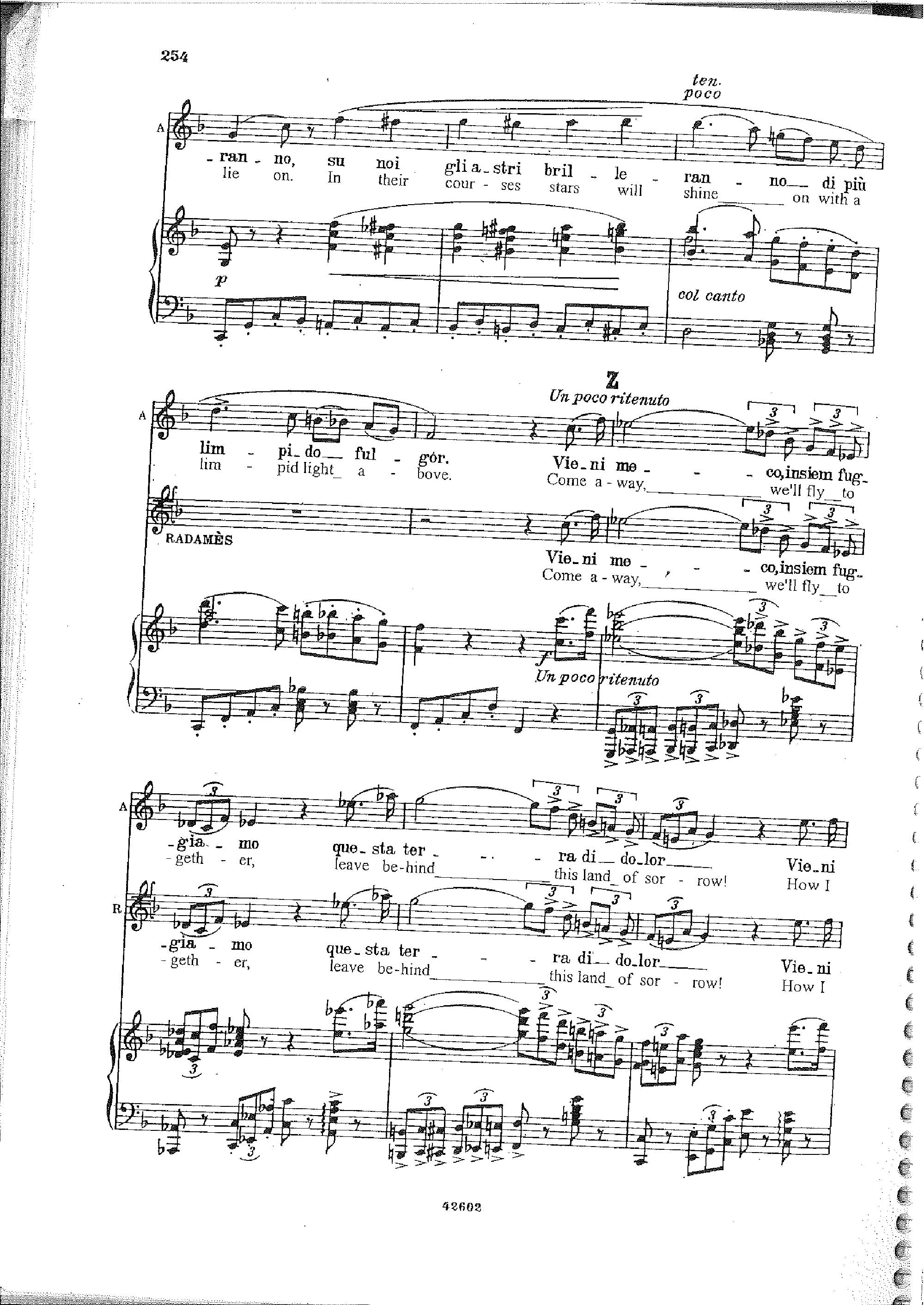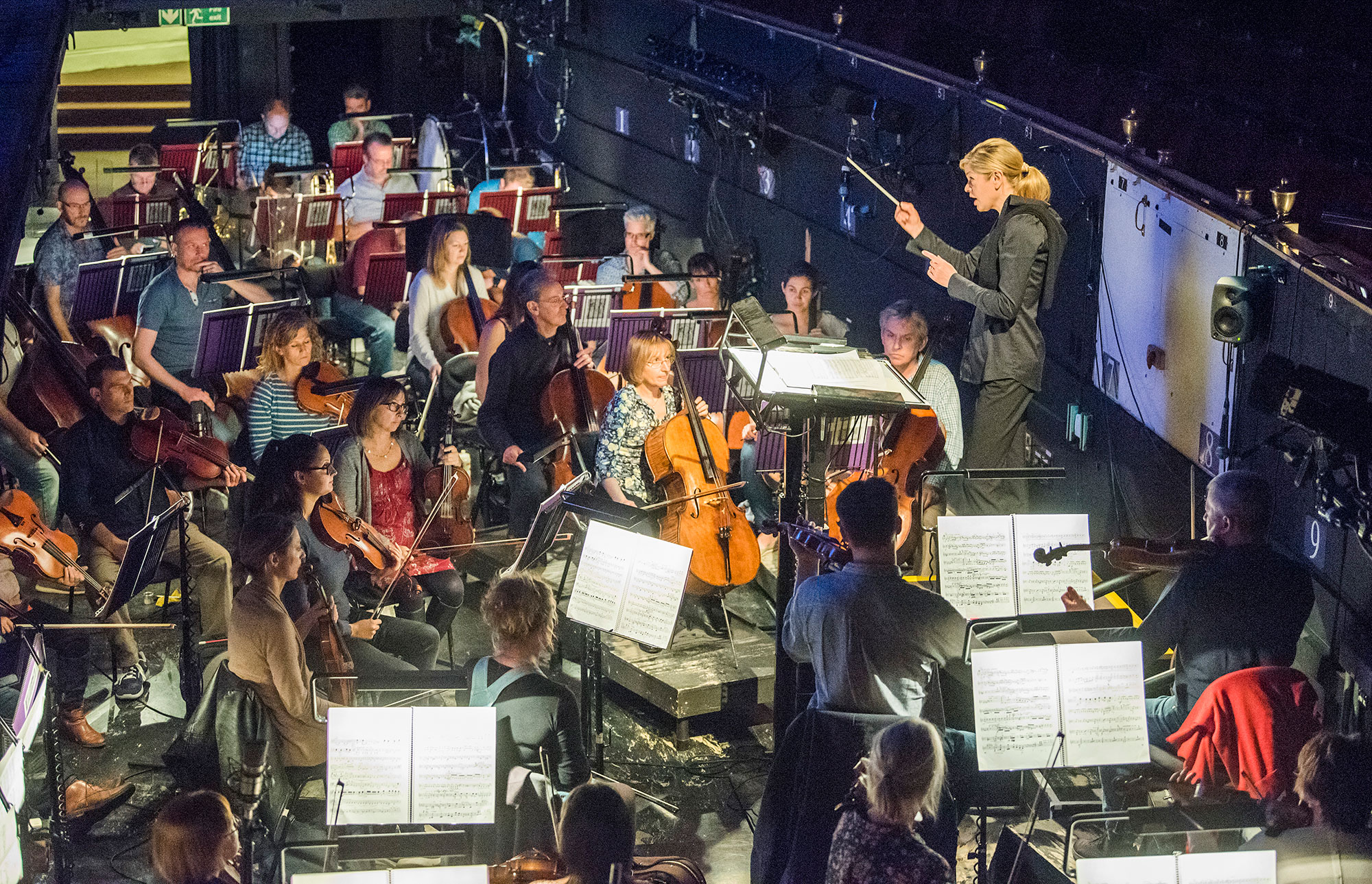Since it was first performed in Cairo in 1871 Aida has become a staple of the opera canon, performed in opera houses all over the world. It has been performed at ENO sixteen times in five different productions, last seen in
2017.
Aida is opera on its largest scale, and an opportunity to present a theatrical spectacle. Scored for full orchestra of over forty players, on-stage brass instruments, an expanded chorus of around eighty singers and eight principal roles, the music depicts the military might of the Egyptian nation. Verdi repeatedly uses the tone of the brass instruments – trumpets, trombones, tubas, euphoniums – to create a powerful sound world which emphasises the pride of the Egyptian army. This is demonstrated to full effect in the grand triumphal march ‘Glory to Egypt mighty land’ written for the chorus and brass orchestra, where the army return victorious from the war against Ethiopian troupes and parade their captive slaves.

As in many of Verdi’s operas, different types of orchestral music also serves to bring to life the power of hierarchy and religious authority. In Act 2, an offstage female chorus of priestesses worship the Egyptian God of craftsmen, Phta in the number ‘O Mighty Phta’, their veiled presence giving an otherworldly mystery and solemnity to the ritualistic processes that govern the everyday lives of the people. In contrast, a deep sonorous bass voice is used to convey the brutality of the authoritarian priests symbolised in the character of Ramfis, the chief priest. Verdi’s sound world in these moments aptly conveys the bombastic public world of the Egyptian army and court, where personal feelings seem to have no power or place.
Yet the story of Aida is also very private tale of disappointed love and betrayal, with two women, Aida and Amneris, loving the same man, Radames. In contrast to the public scenes of war and celebration, Verdi focuses the audience’s attention on the personal heartbreak for both these women in moments where they sing intimate music that highlights their inner torment. Aida’s aria, “Oh dearest country never to see my home” which she longs for her lost homeland as she is enslaved in Egypt, is a prime example which demonstrates Verdi’s skills for creating such tender moments.
Aida and Radames express their love for one another another private musical form – the duet. A typical romantic opera form, the musical structure and language of a duet is meant to showcase the unity between two voices and their characters. In Act III, though, Verdi subverts the intimacy of the duet between Aida and Radames by using it to catalyse the moment of treachery when Aida is forced by her father to manipulate Radames into revealing his Egyptian battle plan. Instead of representing the true union of their love, this duet
thus reminds us of the forces which conspire to break apart the lovers and will lead to Aida’s inevitable betrayal of Radames.

